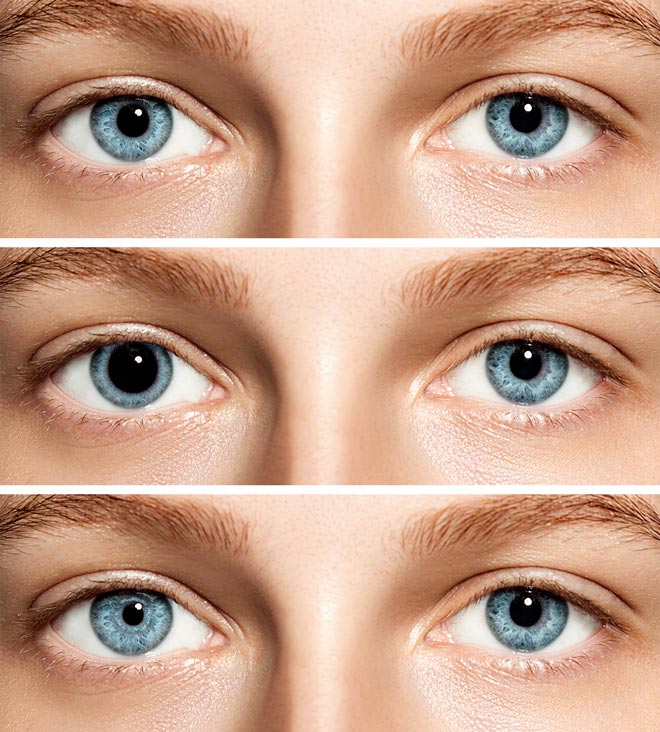

Some eyedrops, nasal sprays, or other medications can have a dilating effect on the pupil. The condition is usually not associated with any serious conditions. Many people with this condition will also have diminished deep tendon reflexes and they can have trouble focusing at near. This is a condition most common in young adult females, which usually begins in one eye. Another possible cause is Adie’s tonic pupil syndrome. the iris tissue) can be injured causing the pupil to not get small (or constrict) to bright light normally. What are some causes of an abnormally large (dilated or mydriatic) pupil?Īfter trauma to the eye, the colored part of the eye (i.e. On the other hand, if the difference in pupil size increases in bright light, then the larger (mydriatic) pupil may be the abnormal one because it is not getting small (or constricting) normally. If the difference in size between the pupils increases in the dark, then the smaller (miotic) pupil may not be dilating well and could be the abnormal one. One of the most important parts in the evaluation of anisocoria is determining which pupil is abnormal. How Does the Doctor Know if the Big Pupil is ‘Too Big’ or the Small Pupil is ‘Too Small’? Based on the evaluation, the doctor may wish to perform additional tests with eyedrops or perform laboratory or radiologic testing. The doctor will evaluate the size of the pupils and how they react to bright and dim light. A complete eye examination is performed by a pediatric ophthalmologist or neuro-ophthalmologist to evaluate vision, eyelid position, how the eyes move, and the health of the front and back portions of the eyes (among other things).

How does the doctor determine whether anisocoria is due to an underlying medical problem?Ĭertain characteristics, such as when the anisocoria was first noted, whether it is more noticeable in bright or dim light, and whether there was an event that occurred in the past that could have caused it, will help determine the underlying cause. In physiologic anisocoria, the difference in pupil size does not change under bright or dim light. Typically, with physiologic anisocoria, the difference in pupil size between the two eyes does not exceed one millimeter. Anisocoria that is NOT associated with or due to an underlying medical condition is called physiologic anisocoria. The amount of anisocoria can vary from day-to-day and can even switch eyes. Up to 30% of the normal population has anisocoria. The presence of anisocoria can be normal (physiologic), or it can be a sign of an underlying medical condition. The term anisocoria refers to pupils that are different sizes at the same time. Normally the size of the pupil is the same in each eye, with both eyes dilating or constricting together. Is it normal to have pupils of different sizes? 1: The iris is the colored part of the eye. When in a bright room or outdoors the pupil usually gets smaller (or constricts) conversely when in a dark room the pupil usually gets bigger (or dilates) to allow more light to enter the eye. The empty hole in the middle, which allows light to enter the eye, is called the pupil. It is a circular muscle, similar in shape to a donut. The colored part of the eye is called the iris.


 0 kommentar(er)
0 kommentar(er)
